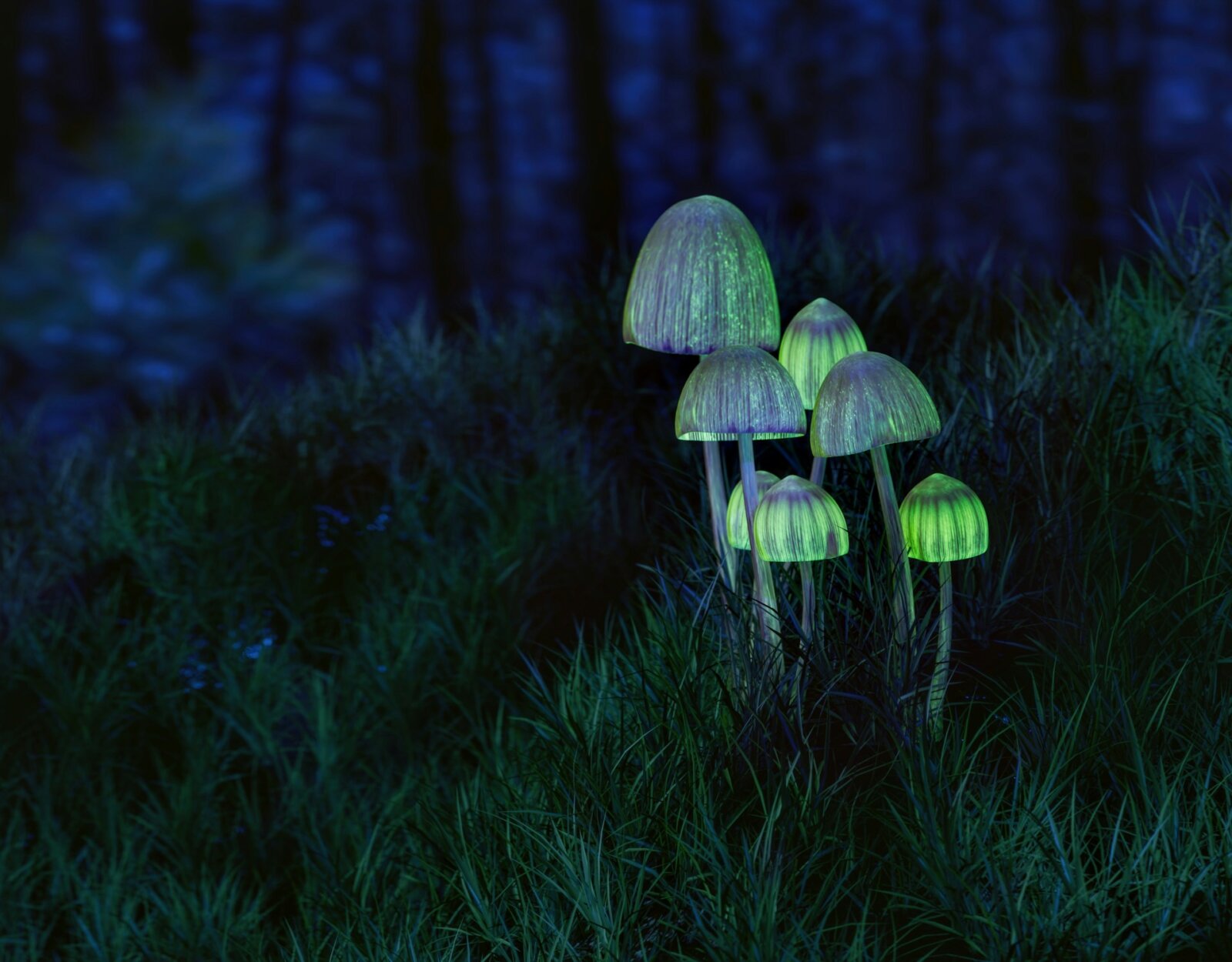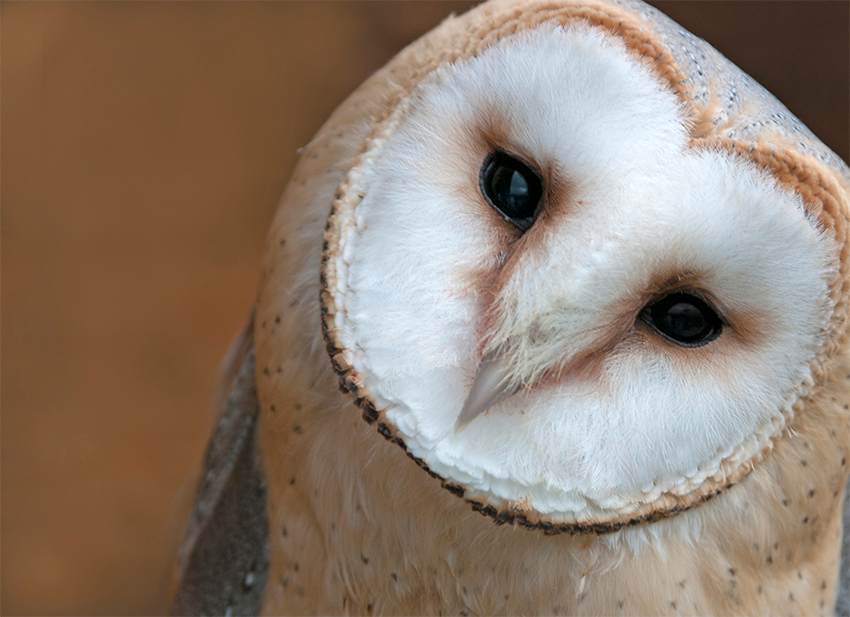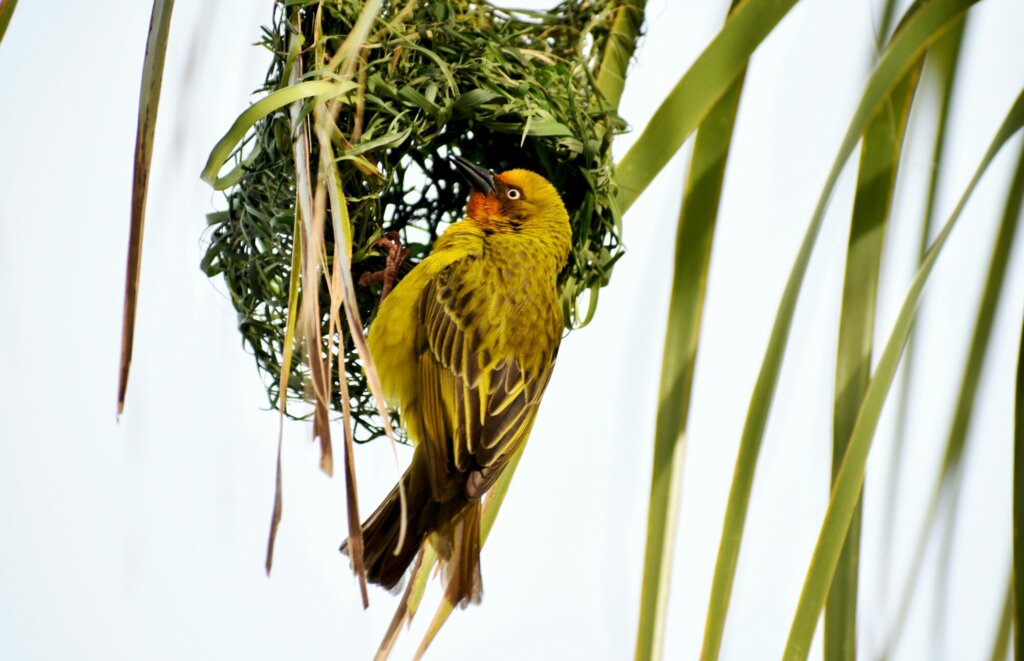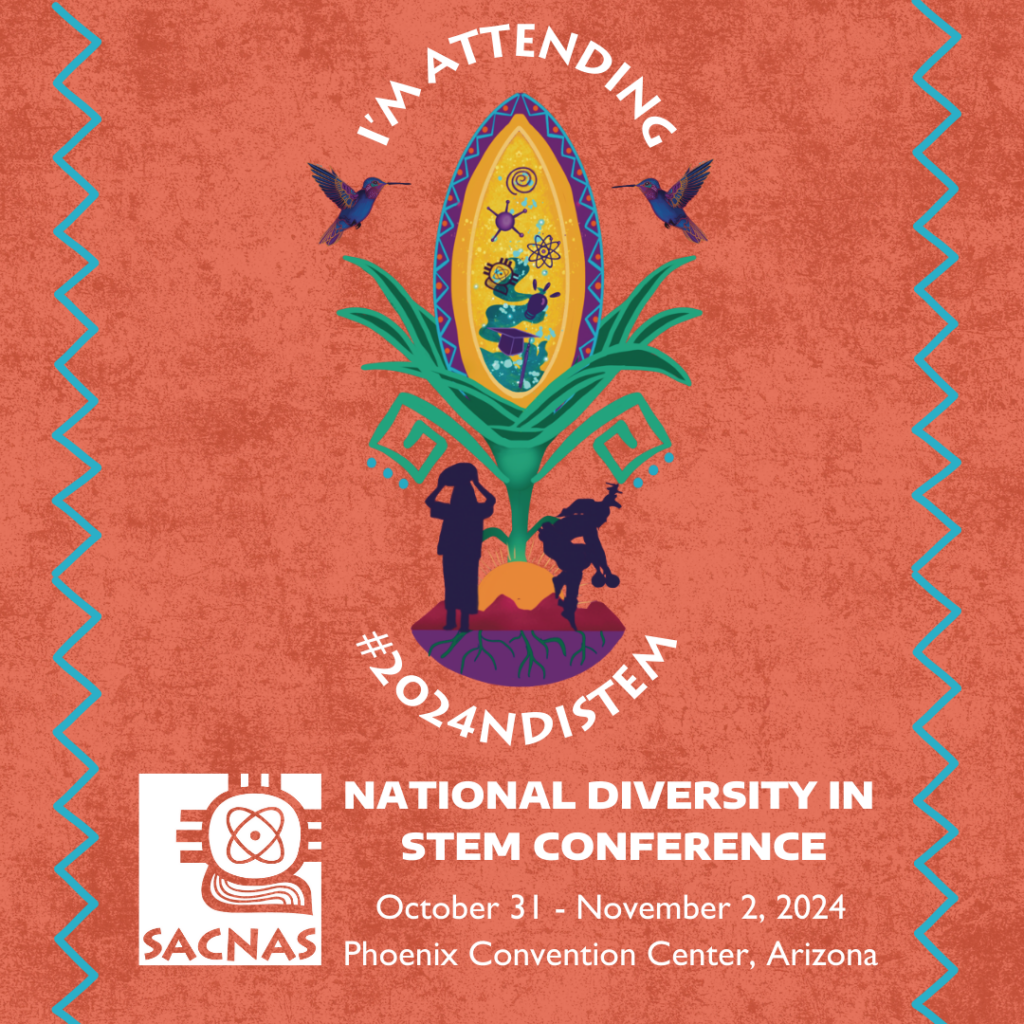
News & Updates
Updates from the Institute
The Biomimicry Institute Unveils 10-Year Strategy
The Biomimicry Institute, a nonprofit organization committed to advancing a Nature Positive, inclusive, and regenerative world inspired and guided by nature’s genius, today announced the launch of its ambitious 10-year strategy at New York Climate…

How Intentionality Drives Our Startup Selection Process
Intentionality breathes life into our Ray of Hope Accelerator’s mission and into our operations. Our mission is to accelerate the growth of nature-inspired startups to scale systemic solutions to the world’s most pressing environmental challenges.

Meet the 2024 Ray of Hope Accelerator Cohort
The Biomimicry Institute announced the 10 startups selected to participate in the transformational Ray of Hope Accelerator. The six-month accelerator is designed to propel nature-inspired startups towards commercialization through robust training, networking, $15,000 in non-dilutive funding…

An Interview with Sudoc, as They Scale Up Nature-Inspired Chemistry
Our Director of Innovation, Jared Yarnall-Schane, sat down with Roger Berry, CEO of Sudoc, and their investors Job Van Schelven of PureTerra and Martijn van Rheenen of Momentum Capital, to learn more about how this…

Upcoming events
Nature-Inspired Impact: Meetup for Systems Change
Join us at the Biomimicry Institute’s casual meetup, bringing together changemakers driven to implement nature-inspired solutions to global challenges.

The Biomimicry Confluence
Keynote speakers for this virtual confluence include AskNature Chief Editor Andrew Howley and former Biomimicry Institute Executive Director Beth Rattner.

Exploring Biomimicry as a Pathway for Indigenous Students and Communities in STEM Panel
AskNature Chief Editor Andrew Howley and Biomimicry Institute Board Member Daniel Kinzer will explore how biomimicry could be a pathway for Indigenous students into STEM.

